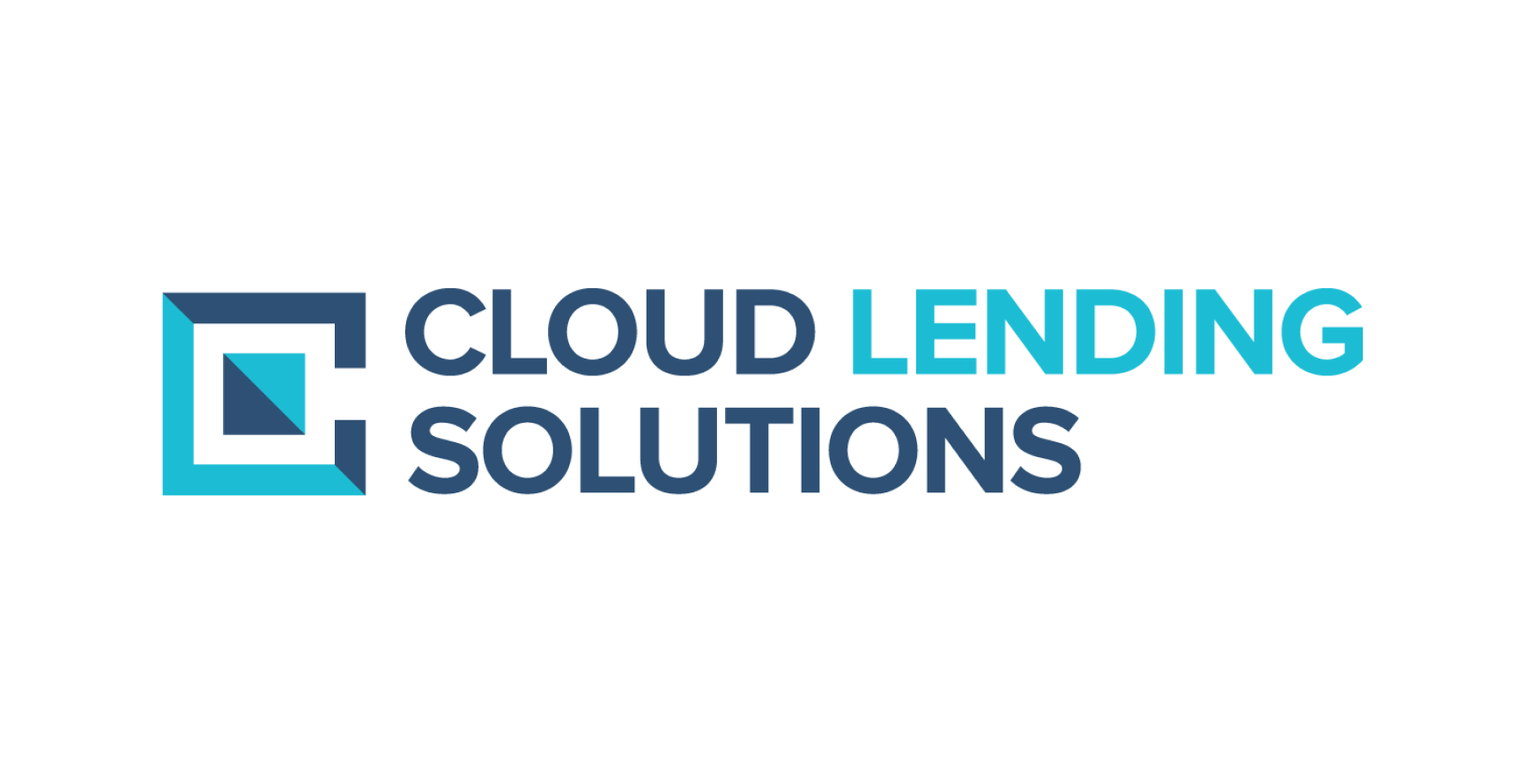Technology, zBlog
Best React Frameworks in 2026: Features, Performance, and Use Cases
trantorindia | Updated: November 3, 2025

In 2026, React frameworks remain at the forefront of modern web and mobile application development, powering some of the most dynamic, high-performing, and scalable user interfaces worldwide. React itself is a powerful JavaScript library for building user interfaces, especially those requiring dynamic updates, but it is often used within a rich ecosystem of frameworks and libraries that provide full-stack capabilities, improved performance, UI components, and enhanced tooling. This comprehensive guide explores the top React frameworks you should consider in 2026, covering their unique features, real-world use cases, performance benefits, and how to choose the right option for your projects.
What Are React Frameworks?
React frameworks extend the core React library by adding essential features like routing, server-side rendering (SSR), static site generation (SSG), backend integration, and UI components. These frameworks provide a scaffold that accelerates development workflows, improves SEO, optimizes performance, and facilitates building complex applications. While React is technically a library focused on the view layer, these frameworks turn it into a versatile solution fit for building everything from simple websites to large-scale enterprise apps.
Top React Frameworks in 2026
1. Next.js

Features
- Hybrid rendering: Supports both server-side rendering and static site generation for optimal SEO and user experience.
- File-based routing: Automatic routing system based on file structure.
- API routes: Built-in backend API endpoints for serverless functions.
- Automatic code splitting for faster page loads.
- Image and font optimization out-of-the-box.
Performance
Next.js offers exceptional performance by only loading necessary JavaScript and dynamically pre-rendering pages. Its SSR and SSG capabilities give it an SEO edge for content-heavy sites.
Use Cases
- Ecommerce platforms, complex marketing sites, SaaS applications.
- Projects demanding SEO optimization alongside dynamic user interfaces.
2. React Native

Features
- Allows development of cross-platform mobile apps (iOS and Android) using a shared JavaScript/React codebase.
- Bridges React components with native mobile UI elements for smooth performance.
- Live reload (Fast Refresh) for quick development cycles.
- Supports native device features via plugins.
Performance
React Native apps deliver near-native performance with reusable code, making it faster and cheaper to develop mobile apps on both major platforms.
Use Cases
- Startups and companies needing mobile apps quickly.
- Projects requiring consistent UI and business logic across mobile ecosystems.
3. Gatsby

Features
- Static site generator with emphasis on speed and SEO.
- Pre-renders HTML at build time with automatic code splitting.
- Rich plugin ecosystem for integrations with CMSs, APIs, and image optimization.
- Built-in GraphQL data layer for sourcing and querying site data.
Performance
By pre-building static pages, Gatsby websites load extremely fast and can be deployed on CDN’s globally for best-in-class user experience.
Use Cases
- Blogs, documentation sites, portfolios, and marketing websites where speed and SEO are critical.
4. Remix

Features
- Combines server-side rendering with client-side hydration.
- Advanced data loading APIs supporting reduced latency.
- Nested routing and enhanced caching mechanisms.
- Optimized for high-performance, scalable web apps with seamless UX.
Performance
Remix delivers one of the fastest dynamic web app experiences by controlling data-fetching and rendering workflows carefully.
Use Cases
- Enterprise web applications requiring complex routing and fast load times.
- SaaS platforms or data-intensive apps with heavy user interactions.
5. RedwoodJS

Features
- Full-stack React framework with integrated GraphQL, Prisma ORM, and serverless function support.
- Full integration of frontend and backend for faster MVP and startup development.
- Built-in routing and authentication support.
Performance
Optimized for rapid prototyping and deployment with integrated backend, offering end-to-end developer productivity.
Use Cases
- Startups or projects focused on fast iteration and integrated frontend-backend architecture.
- Apps requiring full-stack React with minimal configuration.
React UI Component Libraries to Complement Frameworks
Apart from full frameworks, UI component libraries accelerate UI development with pre-built, customizable interface components. These libraries help maintain design consistency, accessibility, and responsiveness.
How to Choose the Best React Framework in 2026?
- SEO Importance: For SEO-focused projects, Next.js or Gatsby are the best options.
- Mobile App Development: React Native or Expo are ideal for cross-platform mobile apps.
- Enterprise Apps: Remix, RedwoodJS, or Ant Design excel for complex, data-heavy enterprise apps.
- Static Sites: Gatsby’s focus on static site generation is best for content-rich marketing or documentation sites.
- Full-stack Needs: RedwoodJS provides integrated backend and frontend architecture.
- UI Consistency: Incorporate component libraries like MUI or Chakra UI to speed up UI development and maintain brand consistency.
Real-World Examples & Case Studies
- Netflix uses MUI internally for admin dashboard consistency and rapid development.
- Alibaba leverages Ant Design for enterprise platforms with internationalization needs.
- Vercel champions Next.js and Radix UI for performance-centric marketing and dashboard tools.
- Supabase uses Chakra UI for their developer dashboard for easy theming and accessibility.
- Startups rapidly prototype mobile apps with React Native and Expo to launch faster in the market.
FAQs
Q1: Is React a framework or a library?
React is technically a JavaScript library focused on building UI components. However, combined with frameworks like Next.js, it functions like a full-fledged framework.
Q2: Which framework is best for SEO?
Next.js and Gatsby provide powerful SEO features through server-side rendering and static site generation.
Q3: Can I build mobile apps with React?
Yes, React Native and Expo enable cross-platform mobile app development using React components.
Q4: Are UI component libraries necessary?
While not mandatory, they boost productivity, ensure consistency, and help maintain accessibility across applications.
Q5: How do I decide which framework or library to use?
Consider your project’s requirements (SEO, scale, mobile, static vs dynamic, backend integration) and your team’s expertise.
Conclusion: Partner with Trantor Inc for Your React Projects
In conclusion, the landscape of React frameworks in 2026 is both vibrant and highly specialized, offering solutions tailored for a wide range of development needs, from blazing-fast static sites to complex, data-driven enterprise applications. React itself remains the core technology driving these frameworks, celebrated for its virtual DOM efficiency, component-based architecture, and vast ecosystem support. However, the choice of framework or library around React defines much of the development experience, performance, and scalability of your project.
Frameworks like Next.js lead the market by providing hybrid rendering capabilities including server-side rendering (SSR) and static site generation (SSG), making them the go-to option for SEO-sensitive, scalable web applications. On the mobile front, React Native empowers developers to build high-performance cross-platform apps with near-native user experiences, leveraging a single codebase for iOS and Android. For content-heavy websites, Gatsby shines with its build-time static generation and efficient data sourcing through GraphQL. Meanwhile, newer frameworks like Remix focus on improving data loading and user experience in complex, dynamic web apps, emphasizing performance and developer ergonomics.
Complementing these frameworks, UI component libraries such as Material UI, Ant Design, and Chakra UI provide polished, accessible, and customizable components that speed up development and ensure consistency across projects. These tools help solve common UI challenges, enabling teams to focus on features rather than reinventing design patterns.
Choosing the right React framework depends heavily on your project’s goals — whether SEO, mobile delivery, enterprise readiness, or rapid prototyping is the priority — as well as your team’s expertise and long-term roadmap. This ecosystem flexibility is precisely why React continues to dominate frontend development, empowering startups, SMBs, and enterprises alike to innovate at speed and scale.
At Trantor Inc, we understand these subtle but critical distinctions and have the expertise to help you select, implement, and optimize the perfect React framework for your business needs. Our collaborative approach ensures that your projects not only leverage the most modern, high-performance technologies but also align perfectly with your strategic goals. Together, we can build highly scalable, fast, and user-centric web and mobile applications that set you apart in your industry.
We invite you to partner with us as we customize these powerful React frameworks tailored to your unique challenges and ambitions, enabling your digital transformation and sustained growth. Visit us at Trantor to learn how our React expertise can be the catalyst for your next project’s success.
This is more than technology—it’s your pathway to innovation, speed, and market leadership with React frameworks in 2026 and beyond. Let’s build the future together.




